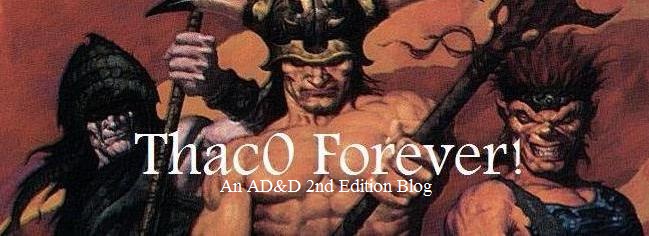Fog Month(28 days, 4 weeks, Similar to November, Full Moon on the 7th)
In cold years the first snows will start during this month. The colors of fall turn into the bleak grayness of winter. At this point most farmers are busy tending to their livestock, fattening them up in preparation for next month's slaughter.
Ankhegs and Wyverns wrap up breeding season, while creatures that do hibernate begin to do so(Ankhegs, Many giant animals of the reptilian and amphibian variety). Goblinoids are finished raiding by the 7th, as the remaining tribe members focus on filling winter stores. Ogre, Troll, Lizard man, Minotaur, and most giant raids that were common during the warmer months begin to taper off as these races begin to gather in their winter grounds.
Holy Month(28 days, 4 weeks, Similar to December, Full moon on the 7th)
By this point, livestock begins having some trouble finding enough food, so those involved with them slaughter many during this period. The colder temperatures. Salt is a very expensive commodity at this time of year as pickling and salting becomes a major industry in agrarian communities(which is basically everyone in the midlands). For the religious, this is also a time to leave offerings for the the Divinates(the Imperial religions' gods)
Since prey is becoming scarce, Goblinoids may raid, but like the Ogres and Trolls, they too become less active during this time. What little the tribes do often involves expanding the lairs, and do not bother to send scouts outside the lair(many prefer to seal the entrances to prevent others from entering during this time).
There are of course, a few races that become more aggressive during this time of the year. Wolf attacks tend to become more common during this time(the wolves are usually after the remaining livestock which they see as easier prey). Gnolls also become more active. Without the smaller goblinoids to raid, and with the larger races being a bit sluggish, the Gnolls' natural aggression and hunger forces them to clash with human settlements they'd normally ignore due to strong defenses.
God Festival(7 days, 1 week, Solstice/Yule/New Years/Candlemas/Einherjer, Full Moon on the 7th)
For those who are a part of the Imperial church, this is seen as the most important festival week. It's a time to say farewell to those who died over the course of the preceding year. Candles are lit in the homes of everyone who has lost friends or family, and a small cup of alcohol is left on each mantle for each of the departed. Church services are held each day until the last, and on the day of the 7th, there's a huge party to say farewell to previous year and welcome in the new.
Ice Month(28 days, 4 weeks, Similar to January, Full Moon on the 28th)
This is the time of year when tools and rope are made and repaired for the coming year. It's generally too cold to do much out of doors, and most people prefer not to leave their hearths. Gnolls are still a problem, as are some of the less prepared goblinoid tribes.In addition to those humanoids, settlements that were unable to stockpile enough food may turn to raiding other settlements to supplement their stores. One is generally advised not to be a traveler during this month.
This is the month when winter is in its full power, and during the coldest winters monsters native to colder climes become an issue(Frost Giant raiders, young White Dragons, winter wolves, etc) as they sometimes stray south from the Northlands, or come down from their hidden fortresses on the highest peaks.
Demons: The Game of Evil Spirts (1979)
3 hours ago

